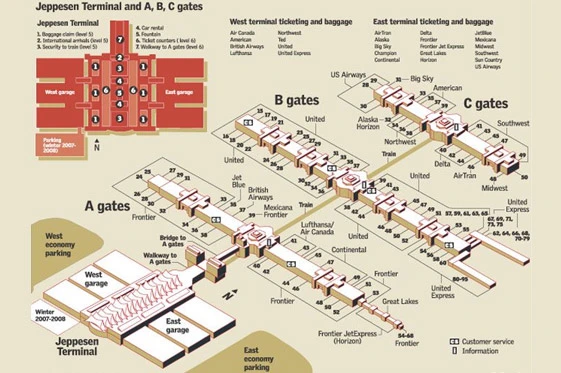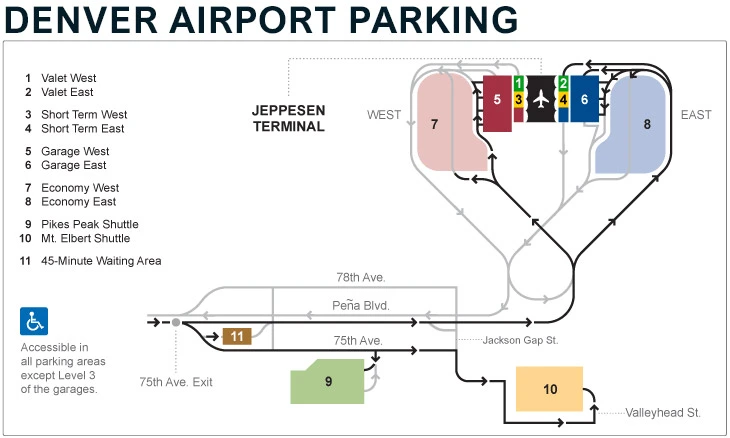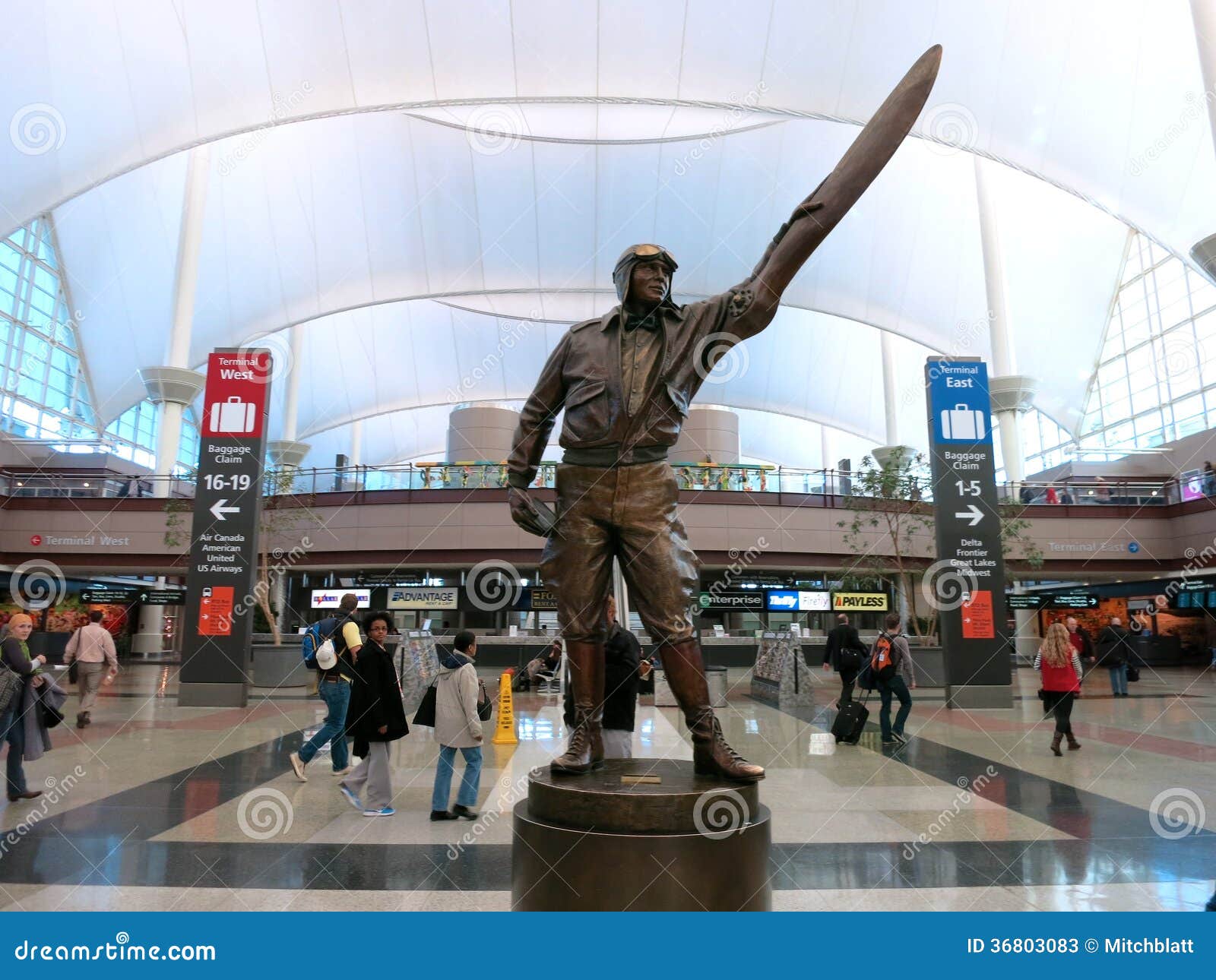“Okay, here is an article about the food scene at Denver International Airport (DIA), written in English and aiming for approximately 2000 words.
Artikel Terkait Okay, here is an article about the food scene at Denver International Airport (DIA), written in English and aiming for approximately 2000 words.
- Okay, Here Is An Article About Dane County Regional Airport (MSN) In English, Aiming For Approximately 2000 Words.
- Car Rental Phoenix Airport
- Columbus Ohio Airport
- Okay, Here Is An Article About Atlanta Airport Hotels, Aiming For A Word Count Around 2000 Words, Written In English.
- Okay, Here Is An Article About The Biggest Airports In The U.S., Aiming For Approximately 2000 Words, Written In English.
Table of Content
- 1 Artikel Terkait Okay, here is an article about the food scene at Denver International Airport (DIA), written in English and aiming for approximately 2000 words.
- 2 Video tentang Okay, here is an article about the food scene at Denver International Airport (DIA), written in English and aiming for approximately 2000 words.
- 3 Beyond the Gate: A Deep Dive into the Dining Scene at Denver International Airport (DIA)
Video tentang Okay, here is an article about the food scene at Denver International Airport (DIA), written in English and aiming for approximately 2000 words.
Okay, here is an article about the food scene at Denver International Airport (DIA), written in English and aiming for approximately 2000 words.

Beyond the Gate: A Deep Dive into the Dining Scene at Denver International Airport (DIA)
For many travelers, the airport experience is a necessary hurdle – a place of hurried footsteps, security lines, and the anxious anticipation of departure or arrival. And historically, the food options available within these bustling transportation hubs have often been viewed with a mix of resignation and low expectations. Overpriced, underwhelming, and limited choices were the common refrains. However, as airports have evolved into significant commercial centers and destinations in their own right, so too has the quality and variety of their culinary offerings.
Denver International Airport (DEN), a major hub serving the Rocky Mountain region and a critical connection point for transcontinental travel, is no exception to this transformation. While it still grapples with the inherent challenges of airport concessions – high operating costs, security restrictions, and a constantly moving clientele with varying time constraints – DIA has made significant strides in curating a dining landscape that attempts to cater to diverse tastes, budgets, and schedules. From quick grab-and-go options for the traveler sprinting to their gate to sit-down restaurants offering a taste of local Colorado flavor, exploring the food at DIA is an integral part of the modern travel experience through the Mile High City.
This article takes a comprehensive look at what awaits your palate within the vast expanse of DEN. We’ll navigate the terminals, explore the different types of eateries, highlight some notable establishments, discuss the unique challenges and opportunities of airport dining, and offer tips to help you make the most of your culinary journey before you even reach cruising altitude.
Navigating the DIA Landscape: Where Food Resides
Understanding the layout of Denver International Airport is crucial to finding your desired meal or snack. The airport is primarily composed of the Jeppesen Terminal (the main building where you check in, go through security, and claim baggage) and three large concourses: Concourse A, Concourse B, and Concourse C.
-
Jeppesen Terminal (Pre-Security): Before you pass through the security checkpoints, the Jeppesen Terminal offers a limited but potentially useful selection of dining options. These are accessible to both travelers and non-travelers alike. While the bulk of the concessions are post-security, grabbing a quick coffee, a snack, or even a sit-down meal here can be convenient if you have ample time before your flight, are meeting or dropping off someone, or simply prefer to eat before navigating the security process. Options here often include cafes, fast food, and sometimes a brewpub or casual restaurant.

-
Concourses A, B, and C (Post-Security): This is where the vast majority of DIA’s dining options are located. Once you clear security (which is primarily located on Level 5 of the Jeppesen Terminal, though there’s also a south security checkpoint on Level 6), you descend to Level 4 and take the underground train system to reach your designated concourse. Each concourse is a long, linear structure with gates stretching out on either side. Concessions, including food and retail, are typically clustered in the central core area of each concourse, often surrounding the train station escalators, but smaller grab-and-go spots and cafes are also scattered throughout the length of the concourse near the gates.
- Concourse A: Accessible by train, or via a pedestrian bridge from the north security checkpoint on Level 6 of the Jeppesen Terminal. Concourse A serves a mix of airlines, including some international carriers. Its dining options are varied, featuring a mix of national chains and some local representation.
- Concourse B: Also accessed by the underground train. Concourse B is primarily United Airlines’ territory. Historically, Concourse B has been lauded for having some of the most popular and well-regarded dining establishments at DIA, including several prominent local brands.
- Concourse C: Accessed by the underground train. Concourse C is primarily Southwest Airlines’ domain. Like the other concourses, it offers a range of choices, from quick service to sit-down restaurants and bars.


Knowing which concourse your flight departs from is essential, as once you are on a concourse, moving to another requires returning to the train station, which can consume valuable time. Therefore, most travelers will find themselves dining within the concourse from which they are departing or arriving.
Addressing the Airport Food Stereotype
Let’s be honest: the phrase "airport food" doesn’t typically conjure images of Michelin stars or culinary innovation. The common perception involves inflated prices for mediocre quality, limited healthy options, and a general sense of settling for whatever is available out of necessity. And to some extent, these realities persist at DIA, as they do at most airports globally. Operational costs are higher, rents are steep, and the logistics of supplying fresh ingredients within a secure perimeter are complex.
However, Denver International Airport, like many major modern airports, has actively worked to counter this negative stereotype. There’s a conscious effort to bring in established local restaurants and breweries, offering travelers a genuine taste of Colorado before they leave. There’s also a push for greater variety, aiming to provide options that go beyond standard fast food – including healthier choices, diverse cuisines, and even upscale dining experiences. While you will still find the familiar golden arches and national coffee chains, you’ll also discover eateries that wouldn’t feel out
